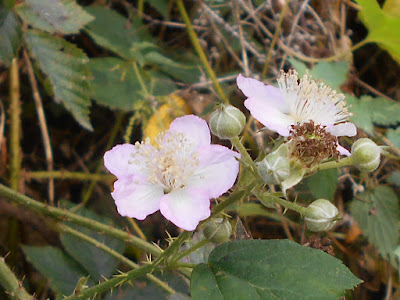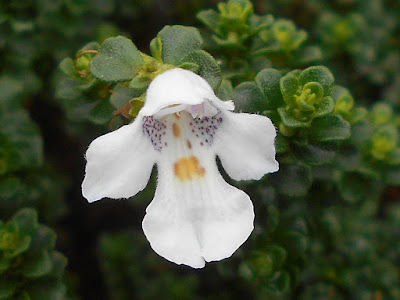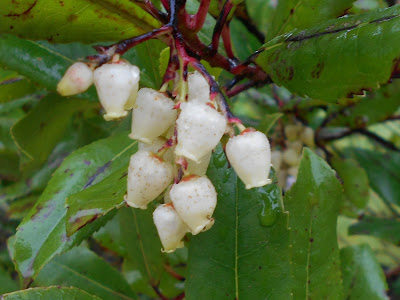 |
| The signage remains. 30 October, 2017 |
A few weeks ago the park's only pond was choked with Yellow Flag, Iris pseudacorus, and in that condition it was no longer of any use for breeding frogs and toads. Today I was delighted to find that a group has cleared it out.
The water, which someone had apparently polluted with a paraffin-like chemical, has also been drained. The material, including a lawnmower, had been bagged up and the council, ever ready to do its bit and encourage voluntary efforts, had refused to take it away, deeming it 'unsuitable'. Much of this information I gleaned from a passer-by but I couldn't find out just who had organised it as I'd have been delighted to help.
 |
| The pond on 11 September, horribly choked with Yellow Iris |
 |
| Stefen Leys Pocket Park. The pond today, 30 October, 2017 |
A lawnmower had been hauled out of the mud together with other unsavoury items and, as there is no obvious source of water nearby, it is hoped that rain will do the job of refilling it.
A moderately large crab apple in the middle of the area is covered with fruit. It is probably the variety 'Golden Hornet' or something very similar and the softening fruit will be a welcome source of food for thrushes, jays, mice and so on.
A moderately large crab apple in the middle of the area is covered with fruit. It is probably the variety 'Golden Hornet' or something very similar and the softening fruit will be a welcome source of food for thrushes, jays, mice and so on.
 |
| A crab apple is heavy with yellow fruit. 30 October, 2017 |
There was little out of the ordinary to note but that does not mean that commonplace species lack interest. An old, decaying tree stump was sporting a lovely clump of Turkey-tail, Trametes versicolor.
 |
Turkey-tail is flourishing on an old tree stump. Stefen Leys Pocket Park.
30 October, 2017
|
A Brown-lipped Snail, Cepaea nemoralis, was working towards its Duke of Edinburgh Award by scaling a tree. This clearly involved a competitive element as other snails were climbing similar trees nearby. As I say, commonplace but interesting - or at least, I think so.
 |
Two metres up, only another twenty to go. A Brown-lipped Snail is probably
pausing until nightfall. Stefen Leys Pocket Park. 30 October, 2017
|









































